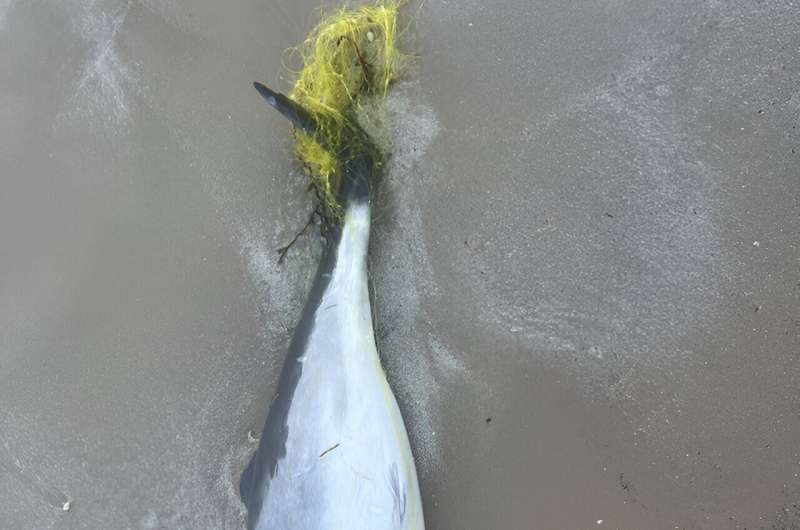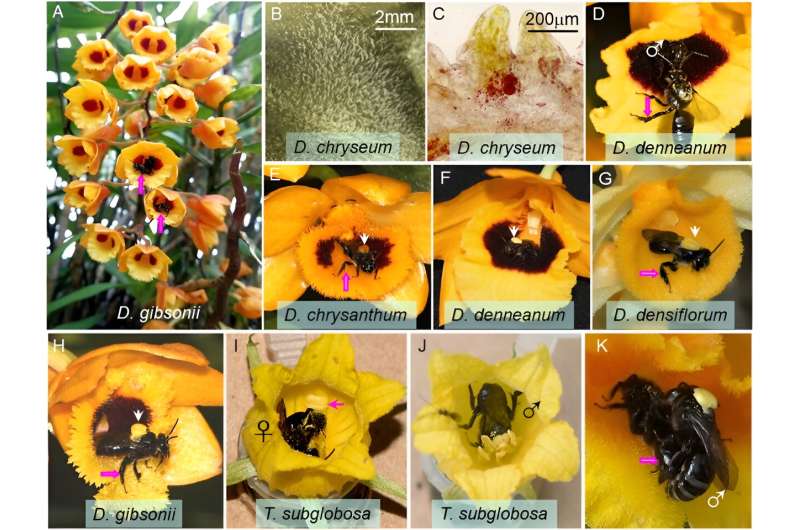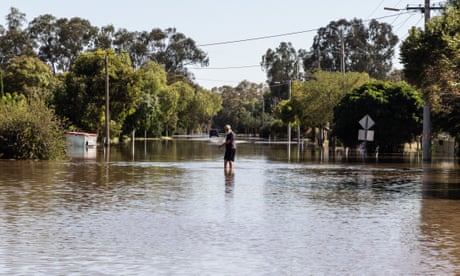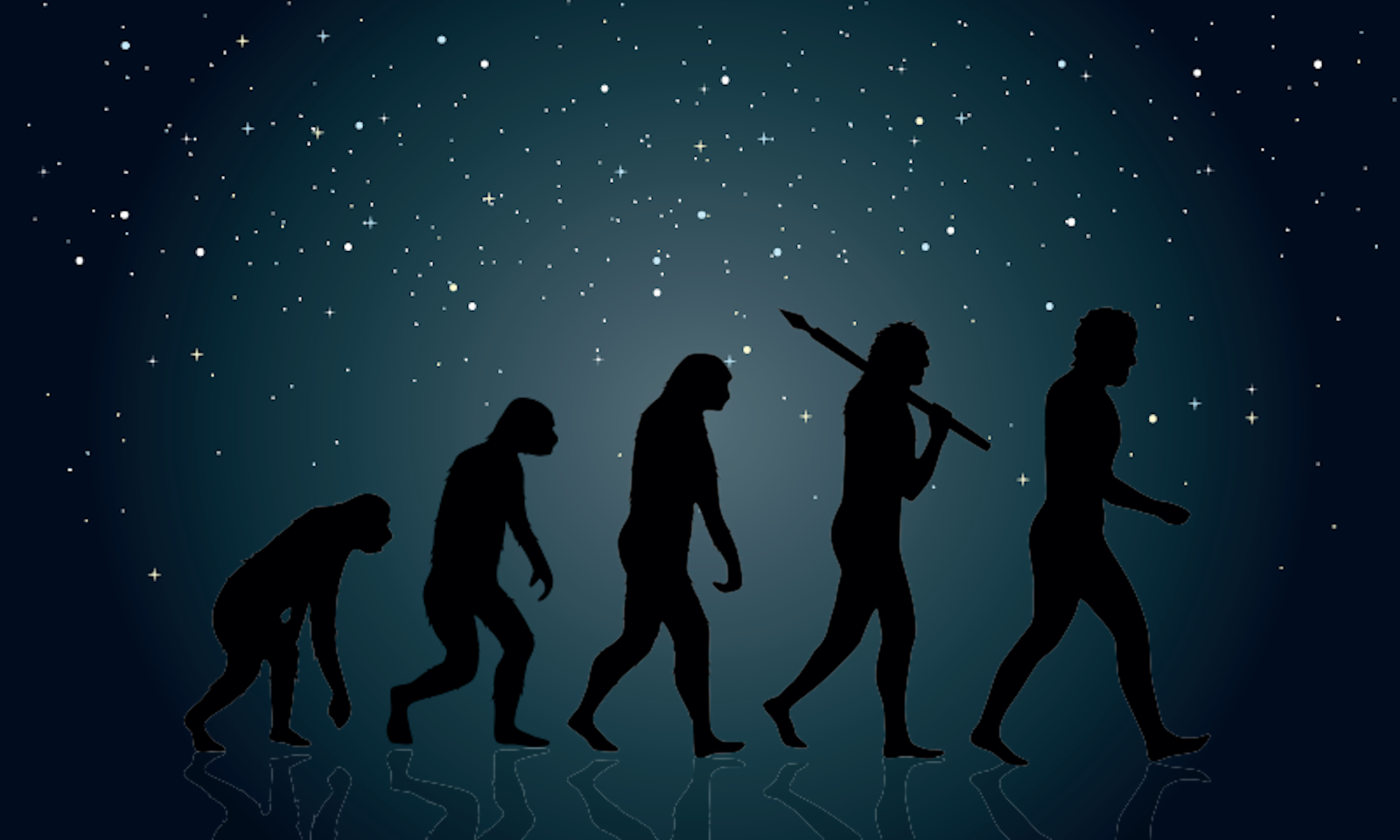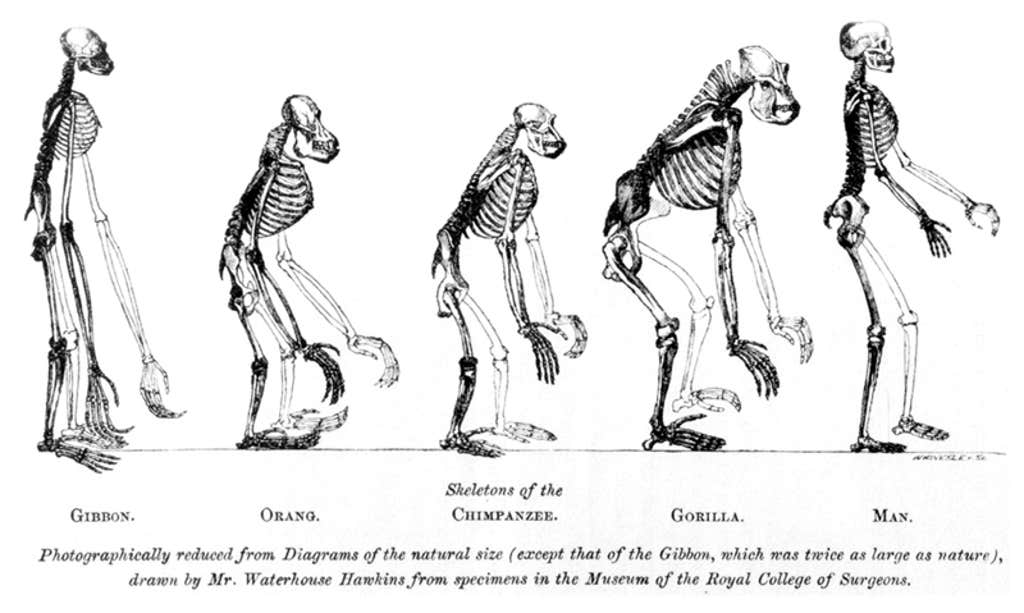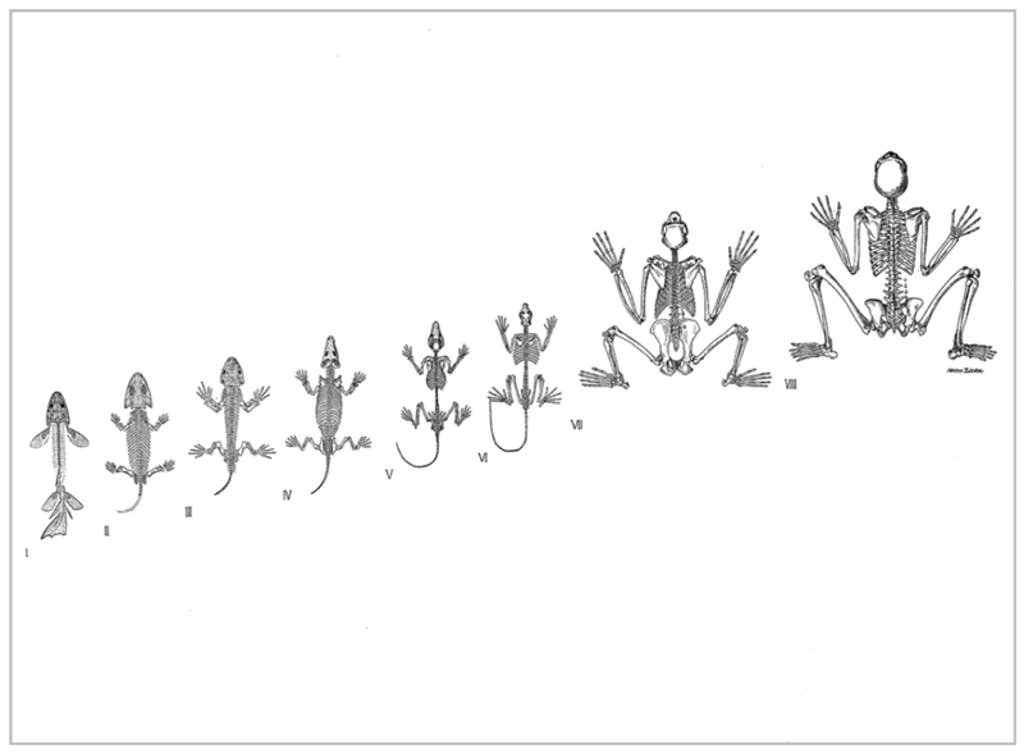Generations After The First Nuclear Test, Those Sickened Fight For Compensation
On August 6, 1945, a stone-faced President Harry Truman appeared on television and told Americans about the atomic bomb being dropped on Hiroshima.
The attack on Hiroshima marked the first time nuclear power was used in war, but the atomic bomb was actually tested a month earlier in the Jornada del Muerto desert of New Mexico.
At least hundreds of New Mexicans were harmed by the test's fallout. Radiation creeped into the grass their cows grazed, on the food they ate, and the water they drank.
A program compensating victims of government-caused nuclear contamination has been in place since 1990, but it never included downwinders in New Mexico, the site of the very first nuclear test.
This week, the Senate will vote on whether or not to broaden the bi-partisan legislation that could compensate New Mexicans.
Generations after the Trinity Nuclear Test, will people in New Mexico finally get compensation?
For sponsor-free episodes of Consider This, sign up for Consider This+ via Apple Podcasts or at plus.npr.org.
Email us at considerthis@npr.org.
Senate Passes Bill to Provide Cancer Screenings, Compensation for Victims of U.S. Nuclear Weapons Complex
Legislation to Protect, Improve the Radiation Exposure Compensation Act Now Heads to House
Published Mar 7, 2024
The Senate voted today 69-30 to advance legislation that would protect and strengthen the Radiation Exposure Compensation Act (RECA) by extending the program for six years, giving victims more time to apply for aid, doubling compensation offered to communities downwind of nuclear weapons test sites, and including previously excluded communities harmed by radiation from above-ground nuclear weapons testing, uranium mining and nuclear waste storage.
The bill, sponsored by Sens. Ben Ray Luján (D-N.M.), Mike Crapo (R-Idaho) and Josh Hawley (R-Mo.), would offer compensation for the first time to communities impacted by the test of the first atomic bomb in New Mexico, as well as expand coverage to residents of Alaska, Colorado, Idaho, Kentucky, Missouri, Montana, Tennessee and Guam. It also would cover areas of Nevada, Utah and Arizona not currently covered by RECA and include additional uranium workers.
Radiation exposure increases the risk of illnesses including lung cancer and lung disease, leukemia, lymphomas and sixteen other recognized cancers. Many downwinders continue to struggle to access quality, timely healthcare. The legislation would require the Government Accountability Office to conduct a study on downwinders’ unmet medical needs and issue recommendations on how to meet them.
“The Senate did itself, and America, proud today,” said Linda Chase, a downwinder in Nevada. “By passing legislation to protect and improve RECA, it made good on the government’s obligation to compensate those citizens who were exposed to radiation from the nuclear testing program. Thank you to the sponsors and others who have fought tirelessly for the passage of this important legislation. Now we look to the House to open their hearts, and their wallets, and send the bill to the President to be signed into law.”
“We have waited decades for this victory,” said Mary Dickson, a downwinder from northern Utah. “Justice has been served. Now for the House. Our fight is for all those we’ve lost. They were in that gallery with us today.”
“I am at a loss for words. We have fought so hard, for so long,” said Laura Greenwood, the widow of a downwinder. Her husband, John Greenwood, grew up downwind of the Trinity Test site in New Mexico and died after a battle with multiple cancers. “RECA would have been a godsend for me and family when my husband got sick. I hope that RECA assistance can help other families be spared the stress and heartbreak we endured coping with a life-changing illness because of nuclear tests.”
“As a former resident of Missouri, who grew up in the Coldwater Creek area, I am so excited to see the Radiation Exposure Compensation Act (RECA) Bill (S. 3853) pass in the Senate today,” said Dr. Kim Visintine, a former Coldwater Creek resident. “My family was personally affected, as we lost our 6-year-old son to a rare radiation linked brain tumor. The passage of RECA will help so many in our community. As American citizens, we look forward to finally receiving justice for the damage caused by our own government, and continued support in the House. Thank you to all who have continued to support the many community members across our great nation who have been harmed.”
"For me personally, today was very symbolic. A vote like this, with additional support, on the anniversary of my father's death 11 years ago," said Tina Cordova, a seventh generation native New Mexican and downwinder. "Today I'm exceedingly grateful for the support that we've received and the US senators that saw to doing the right thing. I'm ever grateful for Senator Lujan and Senator Hawley and Senator Crapo for advancing this effort. We don't see a vote like this in the US Senate, ever. That should send a loud and clear message to the House that this is not a partisan issue and that the U.S. Senate knows what justice looks like."
Senators estimate the measure would provide as much as $40 billion in compensation, extending and substantially broadening a benefit that had been scheduled to expire in June.

By Catie Edmondson
The New York Times
Reporting from Capitol Hill
March 7, 2024
The Senate on Thursday passed bipartisan legislation that would significantly expand a law allowing victims of government-caused nuclear contamination who developed cancer and other serious illnesses to receive federal compensation.
The 69-to-30 vote buoyed long-held hopes that the federal government would take further steps to make amends to anyone sickened by the legacy of the nation’s nuclear weapons program.
The bill would overhaul a law passed more than two decades ago with an exceedingly narrow scope, meant to compensate those who participated in or were present for aboveground atomic bomb testing, a hallmark of the Manhattan Project in the 1940s, or uranium miners who worked between 1942 and 1971.
But the writers of that initial statute excluded large constituencies of those affected by the testing — people known as “downwinders” — including in large swaths of Arizona, New Mexico and Nevada. They also left out altogether communities in areas such as Idaho, Montana, Colorado and Guam.
The legislation, spearheaded by Senators Josh Hawley, Republican of Missouri, and Ben Ray Luján, Democrat of New Mexico, would not only seek to remedy those omissions, but it would also broaden it substantially beyond Cold War-era victims to others who have been harmed by the aftereffects in the decades since. The law is scheduled to expire in June unless Congress acts before then to renew it.

“This is a moral issue,” Mr. Hawley said. “The government exposed these good Americans to nuclear radiation without their consent, and usually, without any support. Now the government needs to make it right, and that is what this program is for. That is why the reauthorization update is absolutely necessary.”
The bill, which the White House endorsed in a statement on Wednesday, makes the case that the federal government should compensate anyone grievously sickened by the legacy of the nation’s nuclear weapons program. It is unclear whether Speaker Mike Johnson will put the legislation to a vote on the House floor.
The bill would extend access to the federal fund for six years and expand eligibility to Missourians sickened by radioactive waste that was never properly disposed of — and in some cases left out in the open near a creek — in St. Louis, the home of a uranium processing site in the 1940s.
A blockbuster report by The Missouri Independent, MuckRock and The Associated Press last year found that generations of families growing up in the area have since faced “rare cancers, autoimmune disorders and other mysterious illnesses they have come to believe were the result of exposure to its waters and sediment.”
The measure would also expand eligibility for civilians affected by testing or the cascading effects of uranium processing in certain ZIP codes in Alaska, Kentucky and Tennessee.
“Since this bill has been scheduled for a vote,” Mr. Luján said, “I’ve heard from more colleagues about their communities that have been harmed by our nation’s complicated nuclear legacy.”
Momentum to renew and expand the program, an effort that has sputtered along for years in fits and starts, picked up in July, when the Senate voted to attach a version of the measure to the annual defense policy bill. But the measure was ultimately stripped out of the final version of the legislation after Republicans objected to its hefty price tag, which congressional scorekeepers estimated could hit $140 billion.
Mr. Hawley and Mr. Luján say they have since adjusted the legislation — axing a provision that would have provided additional compensation beyond the one-time payment for medical bills — so the cost will be closer to $40 billion. They also revised their bill to shorten the extension of the law from 19 years to six years.
The law has paid out more than $2.5 billion in benefits to more than 55,000 claimants since its creation in 1990, according to congressional researchers. Claimants, who can include children or grandchildren of those who would have benefited from the program but have since died, receive a one-time payment ranging from $50,000 to $100,000.
A few dozen activists who have been lobbying for the expansion of the legislation — many of whom say they and their loved ones have been sickened by exposure to radioactive waste — sat watching in the gallery as the vote took place.
As they filed out of the Senate chamber afterward, several broke down in tears.
Fund for Nuclear Waste Exposure Victims in Limbo as Congress Balks at Cost
Dec. 8, 2023
Catie Edmondson covers Congress for The Times. More about Catie Edmondson
A version of this article appears in print on March 8, 2024, Section A, Page 19 of the New York edition with the headline: Senate Votes to Expand Fund for Victims of Contamination From Nuclear Program. Order Reprints | Today’s Paper | Subscribe



